Svana Gisla, a producer for ABBA Voyage, has received multiple Grammy and Emmy award nominations for her work on music documentaries and live concerts. She has produced music videos for the likes of David Bowie, Madonna, Coldplay and the Rolling Stones. She has also worked with artists such as Jay-Z and Bruce Springsteen. Before ABBA Voyage, ABBA approached Gisla to create a music video with digital avatars. She was then enlisted with business partner Johan Renck to create a live experience.
Ludvig Andersson, son of ABBA’s Benny Andersson, is also a producer forABBA Voyage.
He has extensive experience in the music, theatre and film industries. He has worked on box office hits like the 2018 film Mamma Mia! Here We Go Again. Originally a musician and artist, Andersson is also the founder and head of RMV, a publishing, film and record company based in Stockholm.
ABBA Voyage is a spectacular show in London’s Queen Elizabeth Olympic Park where Agnetha, Björn, Benny and Anni-Frid sing and dance as digital versions of themselves.
“To me, it’s simply a concert,” Gisla tells blooloop. “That was our end game. It’s the concert that ABBA wanted to put on in the 21st century. It’s ABBA’s best possible concert in the 21st century.”
ABBA’s best concert in the 21st century
“Go see it for yourself,” says Andersson. “I’m not saying that because I think it’s amazing. I say that because it’s the only way to explain it.
“The original concept came from the very simple question – if we’re going to do something with ABBA, but ABBA is not physically there, what should we do? ABBA Voyage is what came of that. Should it be done? Is it interesting? We decided it is interesting to do.”
He adds:
“I’ve spent years trying to explain to people that it’s not about trying to trick people that ABBA are really there. It has nothing to do with that. It’s about simply creating a piece of art that you simply step into. It’s an experience on an emotional level. And that was all that mattered to us, to create something that could be felt."
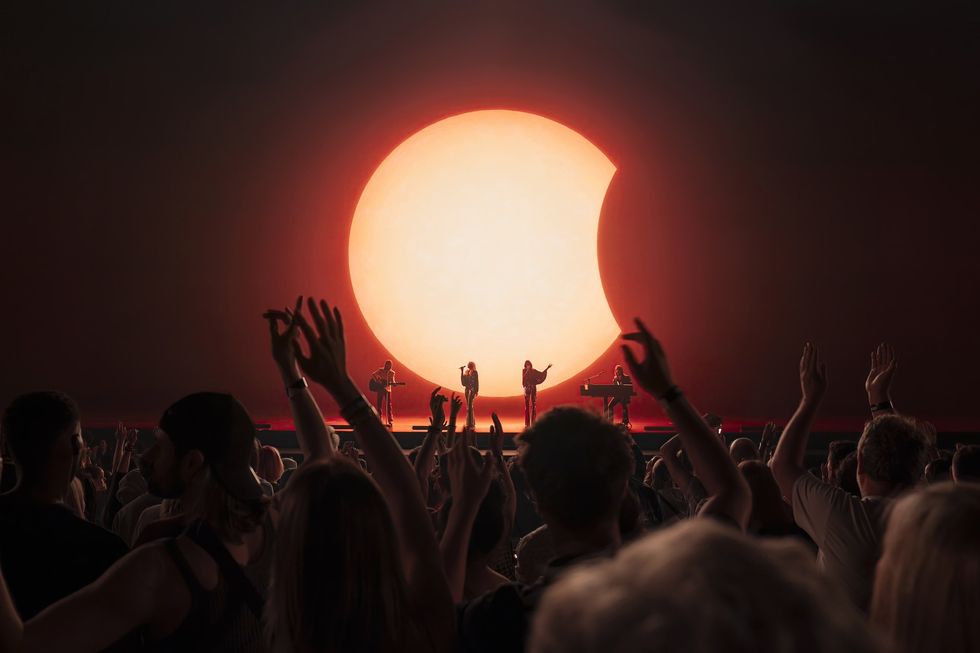
“And yes, it’s just a concert. But it took a really long time to make, and a lot of love and effort went into making it. What it is and how it makes you feel is impossible to describe. You just have to go and see it. A lot of people also say they are struck by thoughts of ageing, of youth, of time passing, and even of death. Not in a negative way, but in a beautiful, uplifting way.”
“What we accidentally created is some kind of magic ABBA space church that is for everyone.”
Cutting-edge technology at ABBA Voyage
Through cutting-edge technology, incredibly immersive lighting, and ABBA’s iconic songs, the band takes to the stage in a whole new way. “Everything about this show was unusual, and therefore the creative process was unusual,” Gisla says.
“There were several different work streams. Creating ABBA digitally took a long time, with over 1,000 VFX artists. We had to build the arena, which is a whole process in itself, including finding land, planning permission and architects."
Gisla adds:
“We were also putting on a live concert – so everything that goes into designing and procuring a live concert under the guidance of our director, Baillie Walsh. Also, setting up a company, employing people, and marketing and tickets."
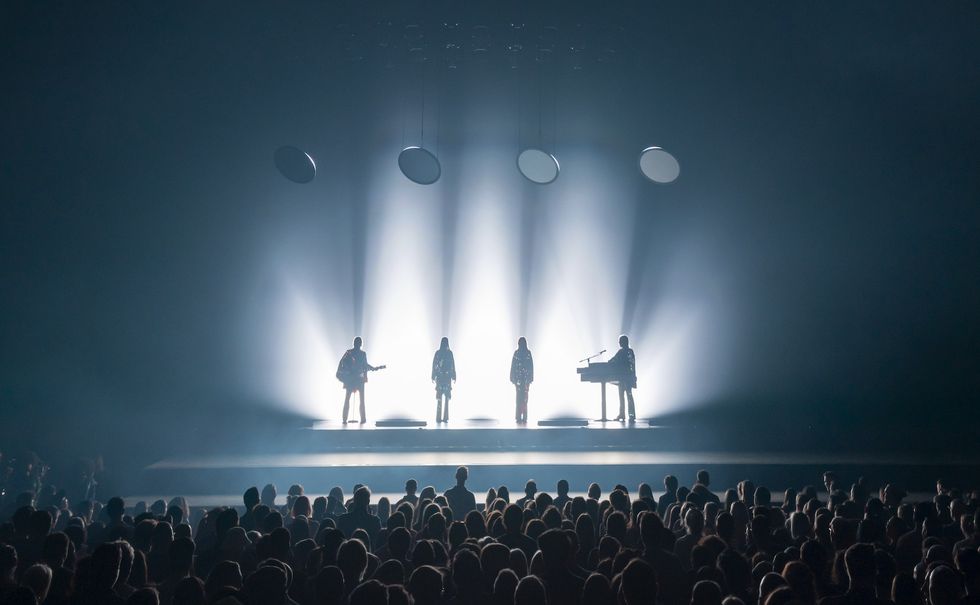
“It was an enormous beast, to be honest – with a massive orchestra to conduct. We had fantastic people in every corner and still do, and they all contributed enormously. It was a joint effort in the greatest sense of that phrase. It really was humongous, but it was a very joyful and happy process. We didn’t really have a bad day; it was just so much fun. I think remnants of that live in the show, as it was created with a lot of joy and love by many very talented people.”
ABBA Voyage uses state-of-the-art technology, which the team chose “very, very carefully”, she says. “We looked at absolutely everything and did a lot of testing until we chose all the pieces of tech. It was great to collaborate with lighting artists from all over Europe. We didn't really leave any stones unturned in finding the best possible procurement and people”.
Holograms by Industrial Light & Magic
The band members' digital avatars, or holograms, were created by Industrial Light & Magic (ILM), the visual effects company founded by Star Wars creator George Lucas. The band performed in motion capture suits, with cameras scanning their body movements and facial expressions. The resulting digital avatars are remarkable—almost unbelievable.
Gisla says: “We did two very big motion capture shoots – one in Sweden and one in London. The one in Sweden was right before the first lockdown in Covid. The second one was very complicated. We were the first film shoot in London after the lockdown in September 2020, with 50 people on set. It required a lot of planning, but we got through it, which was a miracle in itself. There was a lot of wind in our sails, and it felt like the clouds parted when we needed them to, for some miracle reason.
“Mine and Ludwig’s job, very often, was just to keep the path clean and clear for this project to be able to move forward all the time. That was tricky and often seemed quite impossible, but we did it. That’s a success in itself, regardless of the outcome, which thankfully was good.”
But back to the holograms, the ‘ABBAtars’. “I’ve never worked with ILM before because, obviously, they do huge, big, expensive movies,” she adds.
ILM: a “magical dream factory”
“I just walked into their office with a storyboard in the beginning and was welcomed by Ben Morris [creative director at ILM] and Sue Lyster [executive in charge at ILM]. They welcomed us with open arms and said, ‘We’ve been waiting for something like this; our technology is capable of this now. It’s obviously pushing every single boundary, and we’re going to have to invent some stuff, but the technology is there, and we think we can do a great job at this.'
“So then we had the resources of some of the world's most talented visual effects artists. We ended up using three or four of their studios internationally."
“When you've got that backbone and that background of over 1,000 people pouring all their accumulated knowledge and artistry into your show, that's a great feeling. They really did deliver. It was phenomenal what they did, and the attention to detail.”
Andersson says it was “a really nice process”. He adds:
“I think when they were presented with this idea, they were keen because they realised it was something that they had never done before, and it was also something basically that no one had ever done before.”
The ABBA Voyage project, he says, “took up ten times as much processing power as all the Star Wars movies. So it was also the biggest thing that they had ever done. We were there three times a week for reviews, just hanging out with them and getting to learn about [ILM]".
"It’s just such a magical dream factory," says Andersson.
Building the ABBA Arena
An entire arena was purpose-built for ABBA Voyage. Designed by entertainment architect Stufish, the building is widely reported to be fully demountable. Therefore, it is relocatable when the London show ends.
ABBA Voyage used five different lighting systems to align and match physical and digital light to trick the eye. Gisla adds: “Our lighting rig in the roof had to be redesigned three times to a point where it became so big that it's actually very difficult to move. We will move eventually, I'm sure, but it's not a flat pack.”
Andersson says building the arena was “a byproduct of what we wanted to do”.
He explains: “We realised we needed to construct our own venue to house ABBA Voyage. We can’t fit this anywhere else; we can’t tour it around. The physical building grew from the metaphysical idea of what the show would be. We started on the stage and built outwards, and that became the arena. That sounds pretentious, but that was how it was.”
Gisla says the ABBA Voyage team “exhausted every option of touring a show ” early on in the creative process:
“We only really thought about this as a tour. It became very apparent, the deeper we got into this rabbit hole, that the amount of tech and stability, and then the geometry of the space that we needed in order for this digital world to blend and merge into the physical world, or shall I say for ABBA to be real on that stage digitally, needed a lot of control in terms of geometry.
“That you can only really get if you build it yourself. That also means you can't move it from building to building unless you build more.”
When they decided to build an arena for ABBA Voyage (and got the green light from ABBA), Gisla says: “The whole thing just took flight”. Building an arena, she adds, “didn’t seem mad at all at the time, but obviously it’s a bit bonkers if you look back”.
“An audacious decision”
“That is quite an audacious decision for a show that nobody really knows if it will work or not. It just becomes a whole different project in that one decision,” she says.
“Within a year, we were presenting drawings to planning committees. It was ambitious, but if you’ve got ABBA prepared to come back together after 40 years, you’ve got those wonderful songs to work with, and you’ve got ABBA themselves being creative right next to you, it didn’t feel too ambitious. It felt right. ABBA deserves an ABBA Arena, we thought. Not many artists can pull that off, and ABBA is definitely one of them.”
Gisla has previously attributed the show’s success to ABBA’s involvement. “It starts right there. It starts not just with their music but with them as people. They’re very creative, they’re generous, they’re brilliant, obviously. They had involvement in every step of the process."
ABBA’s involvement
“It trickles down from there quite easily. Their presence was in every one of those work streams. They were involved in absolutely all of them to some considerable detail, and that was fantastic.”
Andersson adds: “I think that’s definitely part of why people like coming. They feel that ABBA Voyage is not made by some corporation to make money. It’s actually made by ABBA, and it’s what ABBA wants to do now, today. It’s what ABBA wants you to see and feel.
“I think you feel that as an audience member, you feel that you’re not being lied to. There’s truth in it because the centre of the experience is the name on the building.”
“It was never a commercial venture. It was always a creative venture,” she says. “There's not a single piece of costume that ABBA didn't approve. Baillie sent them all of his lighting ideas for approval.
“It's got their spirit, their sensibilities, and them ingrained into it. I think when you visit, you feel it. They chose to be on that stage, and more than that, they put themselves there and put the work in to be there. There is nothing cynical about it. It's very genuinely theirs.”
Where to next for ABBA Voyage?
ABBA Voyage welcomed more than one million visitors in its first year of opening. It also added £322.6 million to the London economy during that time. London’s mayor, Sadiq Khan, said the show is “a powerful example of how culture has a positive impact on our city”.
As for where to go next, Gisla has already said the team is looking at venues in North America, Australia, and Asia. “We’re talking to quite a lot of potential partners in exactly those locations. We’re not quite there yet, but we’re looking at many different options,” she tells us.
“I’m hoping that in a few months, we’ll be in a position to pinpoint those locations. We would love to open more arenas. There’s a lot of appetite for the show coming from lots of different places. It would be a real thrill to be able to open another one."
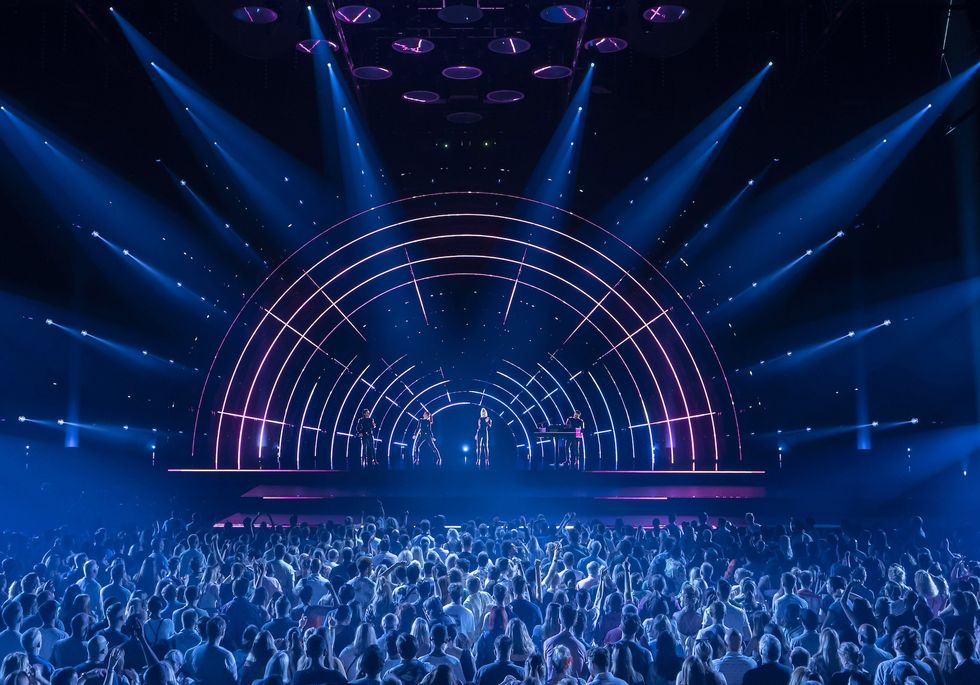
“In Australia, specifically, there’s a lot of love for ABBA, and vice versa. We would love to take it there, and the same for North America. We are looking at Vegas, New York, and all the obvious places. Maybe even another one in Europe one day. We’re as ambitious about this as we’ve been about everything else.”
Andersson agrees: “We’re working really hard to make that happen. It’s not so easy because of the time, effort and costs involved. But it was always part of what we wanted to do. In a year or two or so.”
Digital versions of Kiss
Kiss has now sold its music catalogue and face paint designs to Pophouse Entertainment Group, one of the founding investors of ABBA Voyage. Using cutting-edge technology, Pophouse will create digital versions of Kiss, a Pophouse statement said. “They have their own company; I don’t know anyone involved in that. It’s very much a separate endeavour – there are multiple different companies out there going into this space,” Gisla says.
“To be honest, doing a virtual concert isn’t the idea; it’s how you do it. The technology is not enough in itself. So much more goes into it than just turning some lights on. Good luck to anyone who wants to do this – I know how hard this is, how long it takes, and how many problems you face. They will have exactly the same problem.”
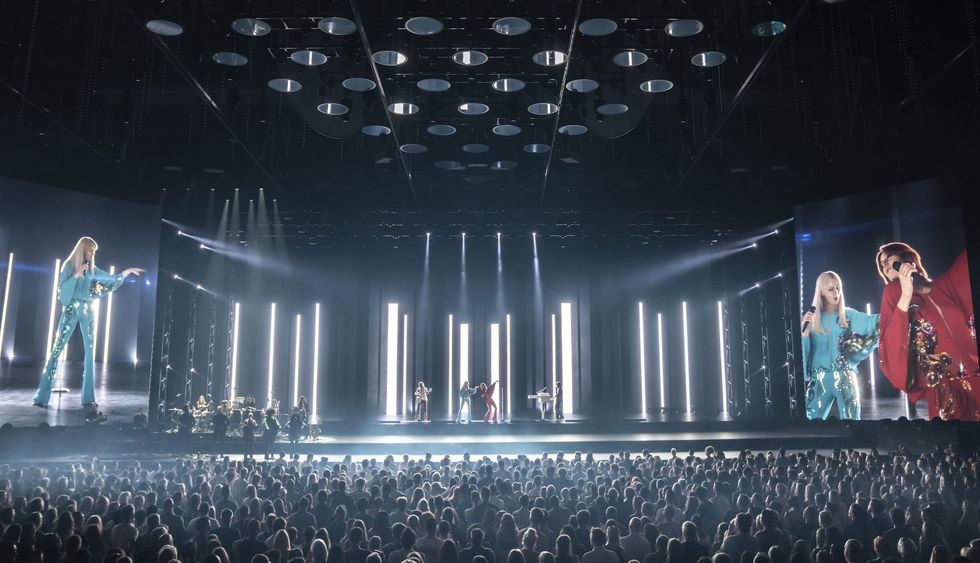
Andersson adds: “I wish them all the best. I don't know what they will do, but I would not do the same thing. I would try to do something different. If I were Kiss, not that it’s up to Kiss anymore, I would say let’s start with ‘What do we want to do, and what do we want that to be?’ I would assume they are doing something new and super cool.
“We were lucky. It's also about luck. Just because we thought this was cool, that didn't necessarily mean that other people were going to like our show. It turns out they did, which is still incredible every day. People show up to see this thing, and that's amazing. We're so incredibly lucky with that, but it’s always a gamble and a risk.”
ABBA Voyage "belongs to the audience”
He adds:
“There were so many of us involved in this, and anyone could at any moment have segued and said, ‘No, this is insane, we can’t do this, it’s not going to work’. But no one did. Everyone kept at it. It was a beautiful time for everyone involved, and now it’s out there, and it belongs to the audience. It’s such a privilege to have been involved in something like that.”
Lead image credit: Ralph Larmann


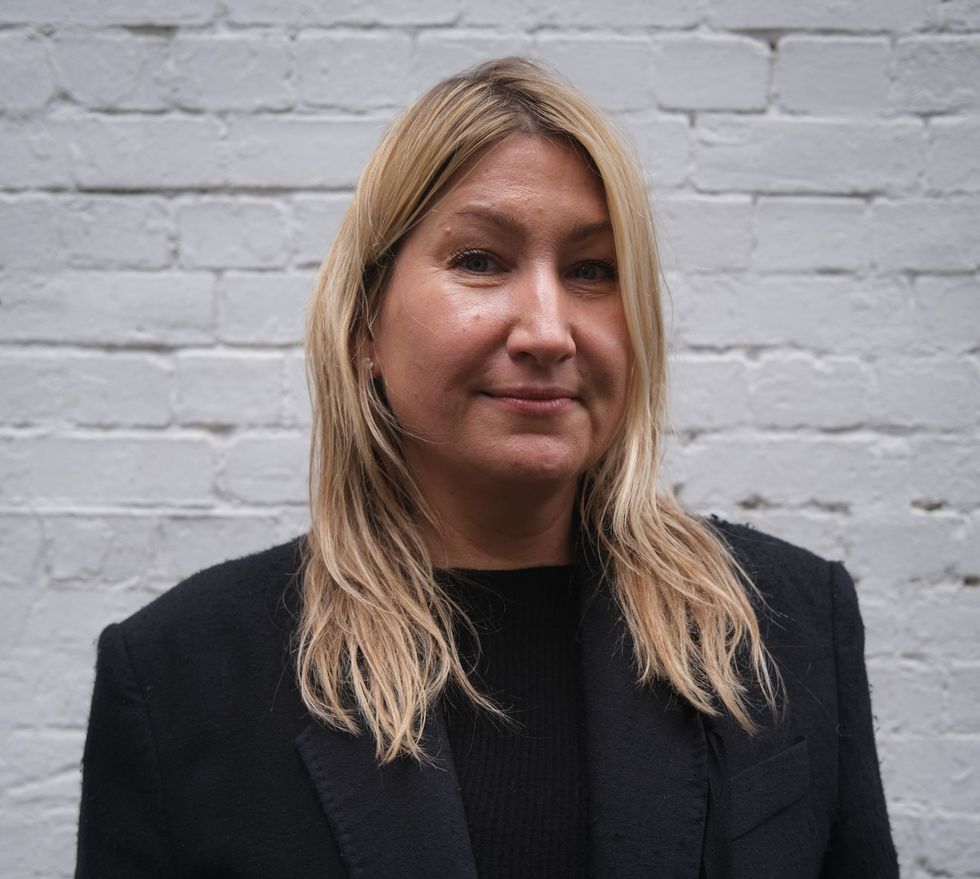
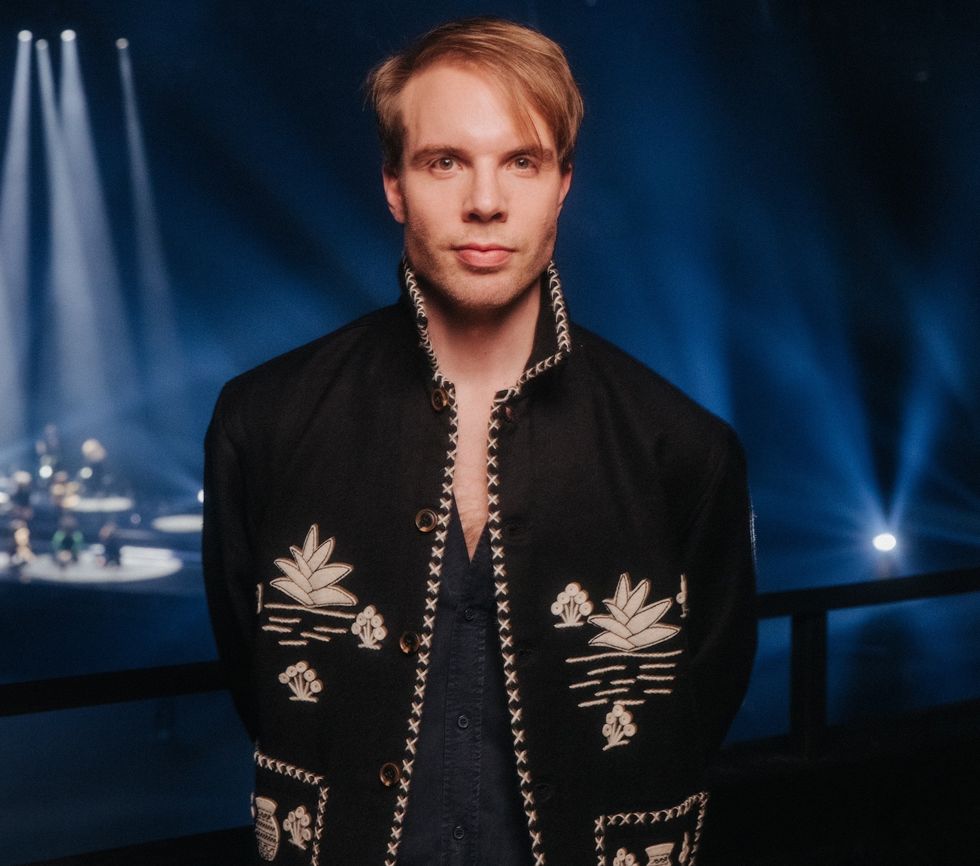

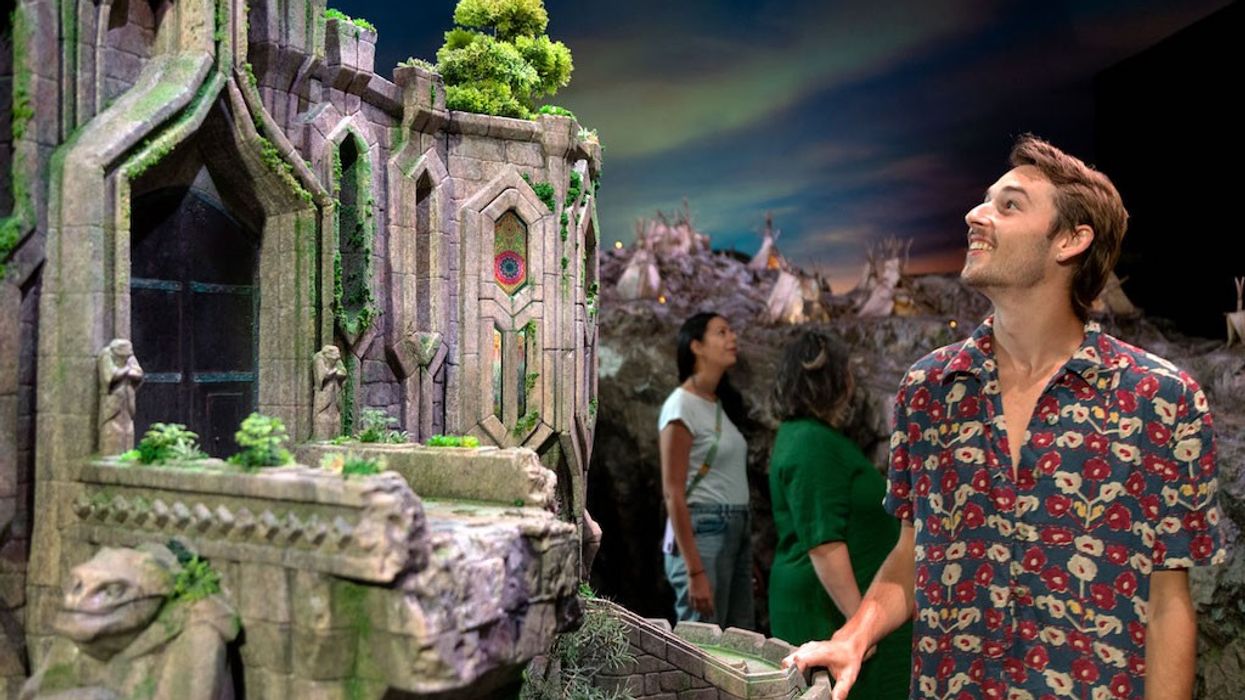


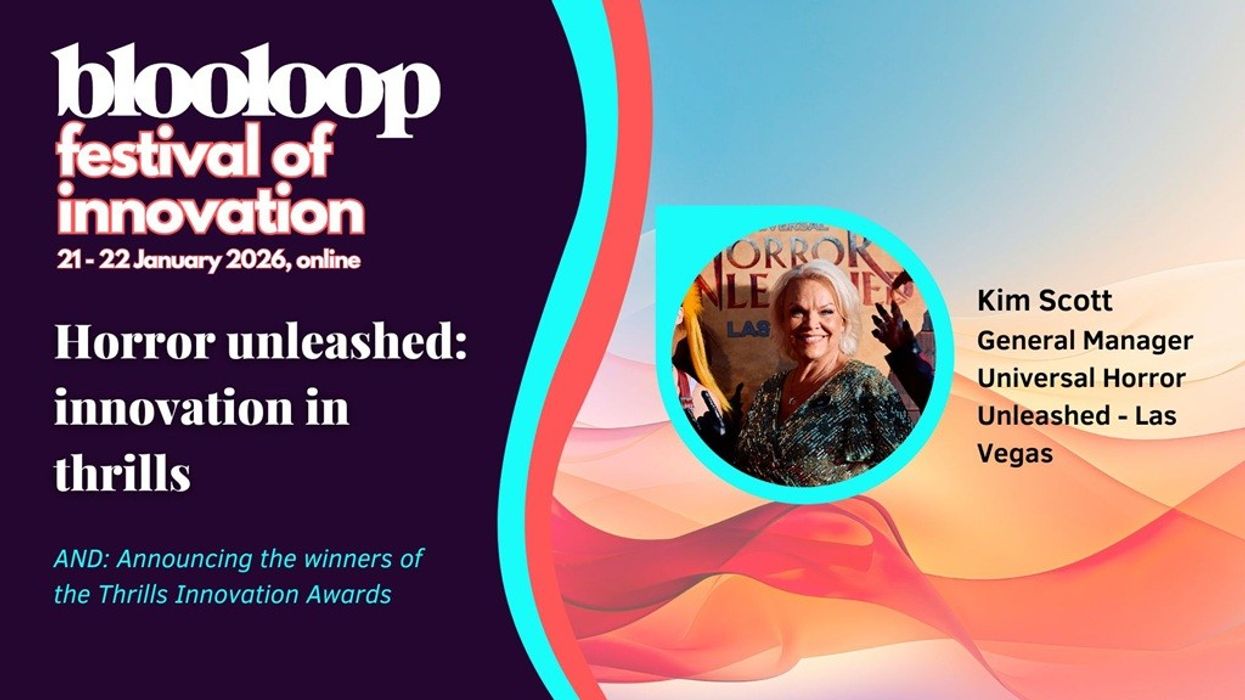

 TM Lim and Adam Wales
TM Lim and Adam Wales







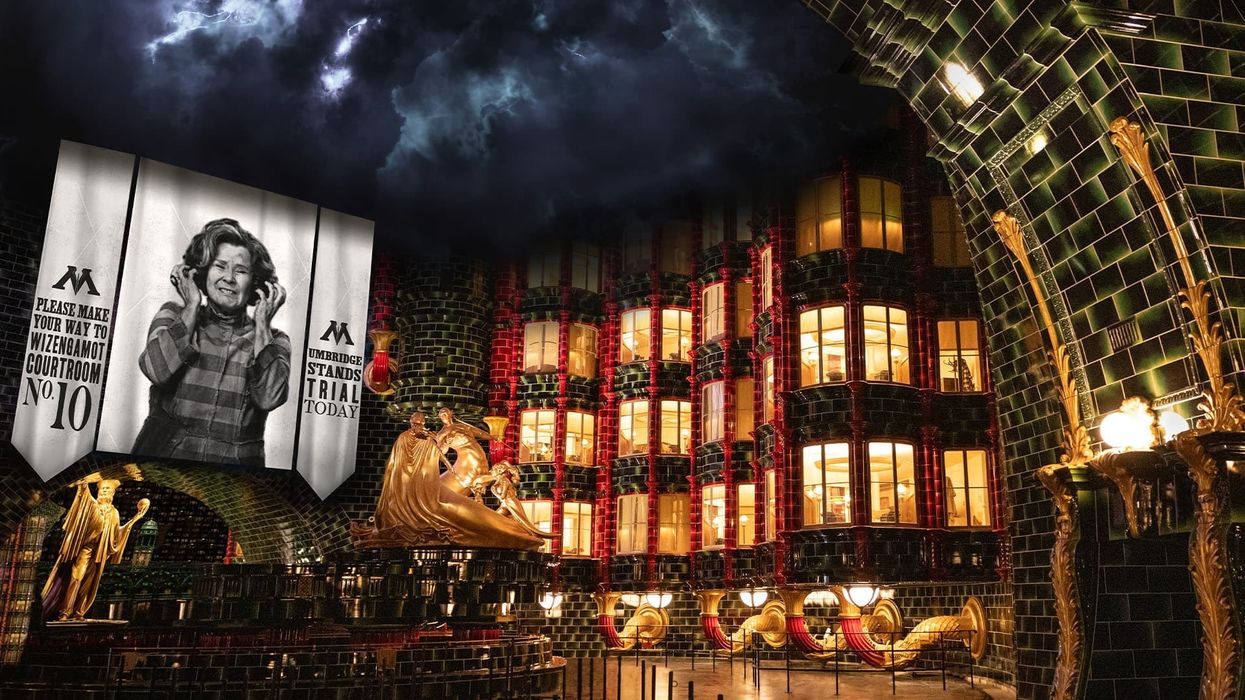

 Toby Harris
Toby Harris Hijingo
Hijingo Flight Club, Washington D.C.
Flight Club, Washington D.C.
 Flight Club Philadelphia
Flight Club Philadelphia Flight Club Philadelphia
Flight Club Philadelphia Bounce
Bounce Hijingo
Hijingo Bounce
Bounce
 Fernando Eiroa
Fernando Eiroa











 Nickelodeon Land at Parque de Atracciones de Madrid
Nickelodeon Land at Parque de Atracciones de Madrid Raging Waters
Raging Waters  Mirabilandia's iSpeed coaster
Mirabilandia's iSpeed coaster Parque de Atracciones de Madrid
Parque de Atracciones de Madrid Ferracci at the ribbon-cutting ceremony for Nickelodeon Land at Mirabilandia, with (left) Marie Marks, senior VP of global experiences for Paramount and (cutting the ribbon) Sabrina Mangina, GM at Mirabilandia
Ferracci at the ribbon-cutting ceremony for Nickelodeon Land at Mirabilandia, with (left) Marie Marks, senior VP of global experiences for Paramount and (cutting the ribbon) Sabrina Mangina, GM at Mirabilandia Tropical Islands OHANA hotel
Tropical Islands OHANA hotel Elephants at Blackpool Zoo
Elephants at Blackpool Zoo  Tusenfryd
Tusenfryd
 Andrew Thomas, Jason Aldous and Rik Athorne
Andrew Thomas, Jason Aldous and Rik Athorne







